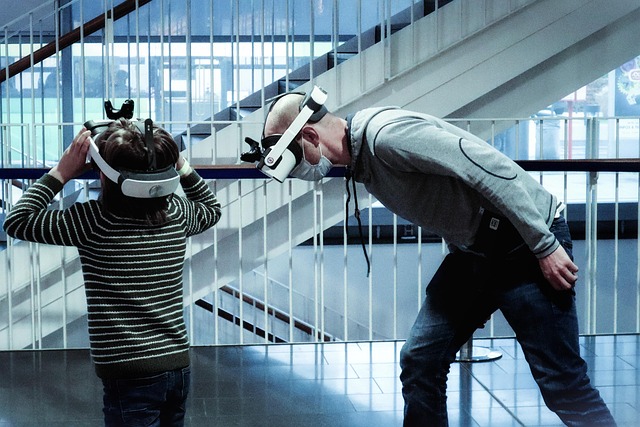
The Power of Real-Time Data in the Virtual Reality Metaverse
The Power of Real-Time Data in the Virtual Reality Metaverse
As the boundaries of our digital existence continue to blur, the emergence of the metaverse has transformed the way we interact with technology. Virtual reality (VR) and augmented reality (AR) are leading this charge, immersing us in experiences that were once confined to the realm of science fiction. At the center of this transformation lies the concept of real-time data, which serves as the heartbeat of these vibrant digital landscapes.
Imagine stepping into a VR environment where everything around you feels alive—colors shift and change, characters react to your every move, and the world dynamically evolves based on the interactions happening in real-time. This is not just a dream; it’s the power of real-time data unleashed in the metaverse. When data flows instantly, it enables developers to create environments that are not just visually compelling but responsive and engaging.
In the context of augmented reality, the application of real-time data opens up numerous possibilities. Think about how AR applications can use location-based data to enhance your real-world experiences. Whether you’re exploring a new city or attending a live event, real-time data allows AR to overlay relevant information right in front of you. This fusion of the physical and digital worlds provides a seamless experience that can improve navigation, provide contextual information, and even enrich your social interactions.
The metaverse thrives on the interconnectedness that real-time data facilitates. As virtual spaces become increasingly populated, user-generated content, live interactions, and even personal avatars must constantly adapt and respond to one another. This creates a need for sophisticated technology that can handle vast amounts of data with minimal latency. The result? A metaverse that feels alive, pulsing with the energy of its participants and their stories.
Additionally, the potential for real-time data goes beyond just enhancing user experience. In the world of gaming, for instance, it empowers developers to offer dynamic content updates, creating a more engaging and personalized experience. Real-time leaderboards, in-game events, and community challenges are just a few examples of how data can elevate gameplay and keep players returning for more.
However, the power of real-time data also brings about challenges, particularly regarding privacy and security. As we navigate these immersive worlds, ensuring that personal data is handled responsibly becomes paramount. The technology that enables our experiences must also be equipped with robust frameworks to protect users and maintain their trust.
In summary, the integration of real-time data within the virtual reality metaverse not only enhances user interaction and engagement but also unlocks new avenues for creativity and innovation. The possibilities are endless, and as technology continues to advance, we can only anticipate even more exciting developments in the way we engage with our digital futures.



